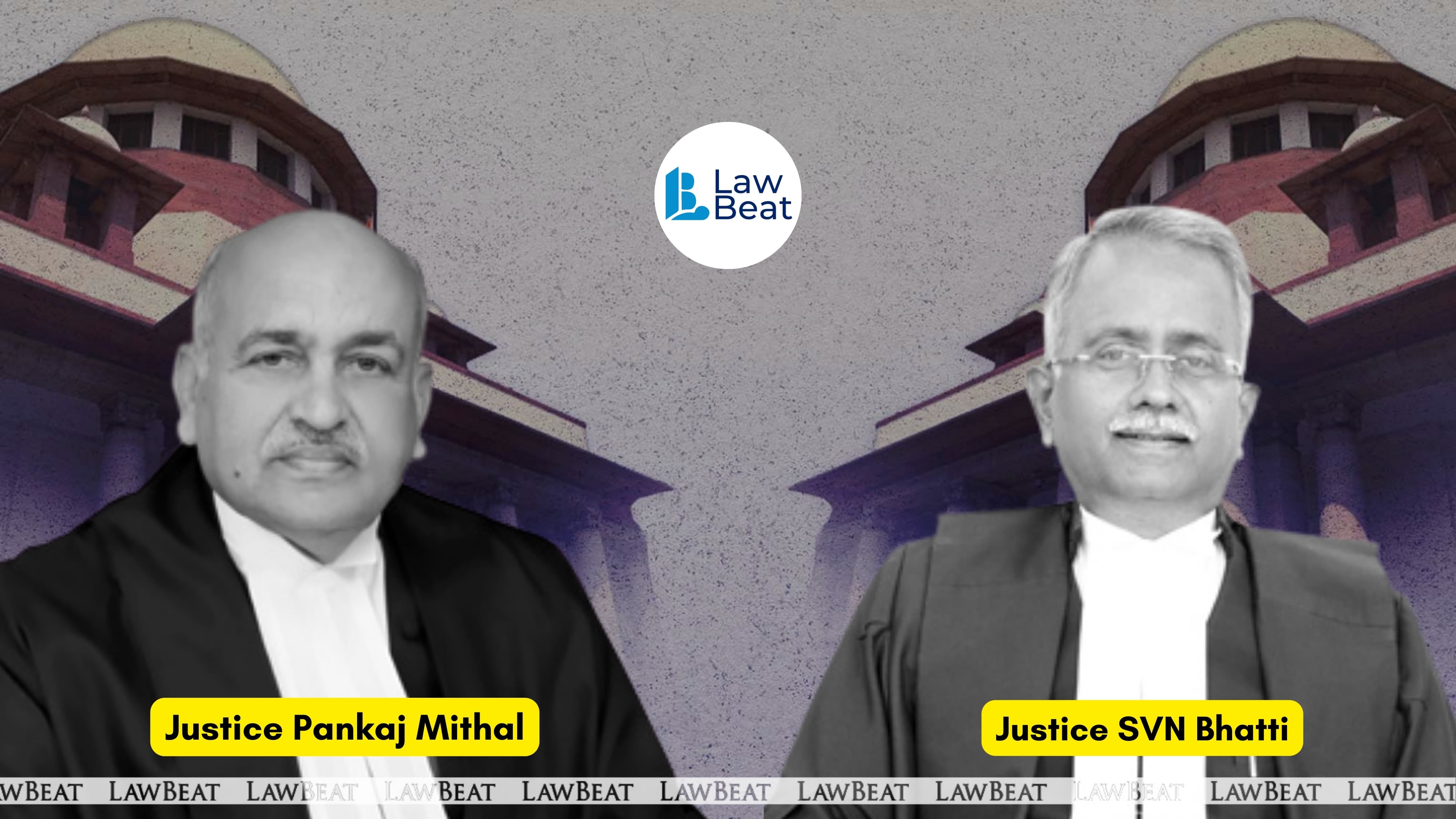No Fixed Formula for Determining Market Value of Acquired Land: SC

The Supreme Court noted that courts must account for necessary deductions due to land development and largeness of area
The Supreme Court has said that determining the prevalent market value of acquired land is not an algebraic formula and cannot be assessed in a precise or accurate manner, as some amount of guesswork is always permissible. Therefore, a judge must sit in an armchair and, without much taxing of the mind, determine the market value in a prudent manner, court said.
A bench of Justices Pankaj Mithal and S. V. N. Bhatti pointed out that it is an accepted principle that acquired land is never used in the form it exists, as it must first be developed and made suitable either for habitation or industrial purposes.
In this connection, roads must be carved out, some open areas must be left for green belts, and water, sewerage, and electricity lines must be laid. The plots must also be carved into regular sizes and shapes. In this way, the transferable or saleable area is typically reduced to about 50% of the acquired land. In such situations, courts have repeatedly held that a 30% to 50% deduction should be made from the rate for development purposes, the bench pointed out.
The court was dealing with a civil appeal filed by Manilal Shamalbhai Patel (deceased) through his legal heirs and others against the Gujarat High Court's 2015 judgment, which dismissed their appeal against the reference court's 2011 order to enhance the price of land acquired for the Gujarat Industrial Development Corporation to Rs 30 per sq mt, up from Rs 11 per sq mt, as offered by the Special Land Acquisition Officer in Village Ranoli, Taluka, and District Vadodara.
The appellants contended that higher compensation, at least up to Rs 450 per sq mt, was awarded for the allotment of Plot No. 7/1 by the GIDC itself for establishing a petrol pump in 1988. They also argued that the courts below had not considered the presence of a large number of fruit-bearing trees, particularly lemon trees, and the income derived from them.
The counsel for the respondents submitted that the compensation determined by the SLAO was just and proper, and that there was no justification for enhancing the amount awarded by the reference court. Therefore, the high court rightly dismissed the appeal.
Examining the matter, the bench said that, no doubt, Plot No. 7/1 was in proximity to the GIDC area and was hardly a kilometer away from the appellants' land, but it was meant for commercial purposes, whereas the appellants’ land—despite its potential for development—was, in reality, agricultural.
"Even assuming that the acquired land is within the vicinity of the developed area or the Ranoli Industrial Estate, nonetheless, it is an agricultural land, may be with a potential of a developed area, which requires development. One cannot deny that the acquired land had to be developed before making it usable as an industrial site. Therefore, in the facts and circumstances, by applying some amount of guess work, we consider that at least 40% of the amount be deducted for the purposes of development," the bench said.
The court also pointed out that it is a settled principle of law that large areas do not attract the same price as small plots of land. Therefore, some amount of deduction is also normally permissible due to the largeness of the area. Thus, a deduction of at least 10% must be applied to determine the rate of compensation.
Considering the facts and circumstances of the case, the bench noted that when the GIDC itself had fixed the premium price of a plot of land in Ranoli Industrial Estate at Rs 180 per sq mt as of March 25, 1988, taking this as the basis or the best exemplar, the compensation for the acquired land could be determined by allowing an enhancement of Rs 10 per sq mt due to rising prices and then applying a deduction of 50% (40% for development and 10% for largeness of area).
"Thus, the market rate of the acquired land to our mind turns out to be (Rs 190 reduced to half) Rs 95 per sq mt. Accordingly, the appellants are entitled to compensation of Rs 95 per sq mt. for their acquired land in place of Rs 30 per sq mt awarded by the reference court," the bench held.
Regarding the contention on income derived from the fruit-bearing trees on the land, the court found that no substantial evidence was produced by the appellants to demonstrate the annual yield of the fruits or the sale consideration obtained from them.
The appellants had relied solely on reports from APMC Anand, which merely documented the existence of lemon trees (both big and small) aged between five and ten years, along with a few mango and guava trees. However, these reports did not indicate any income derived from the trees, the court noted.
"In the absence of any documentary evidence showing the annual income earned by them from selling the fruits of the trees, we do not deem it proper to award anything further for the trees. The SLAO under his award has offered a sum of Rs 1,06,300 as the price of the trees and we leave the compensation with respect to the trees or the income derived from the trees at that only," the bench said.
Finally, the court set aside the judgment and order of August 14, 2015, and modified the award of the SLAO dated February 25, 1992, as well as the reference court’s order of December 31, 2011, by fixing the compensation for the acquired land at Rs 95 per sq mt, along with all statutory benefits, including interest as permissible by law.
Case Title: Manilal Shamalbhai Patel (Deceased) Through His Legal Heirs & Ors Vs Officer on Special Duty (Land Acquisition) & Anr
